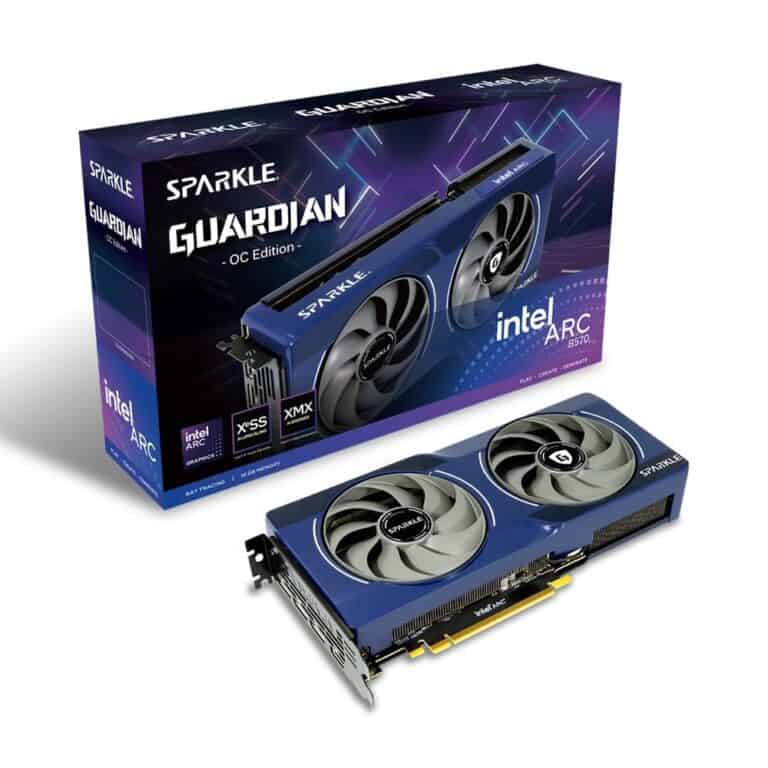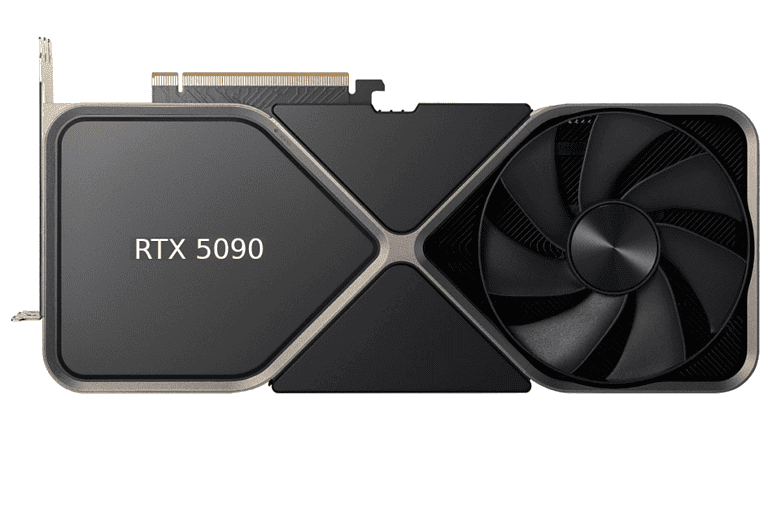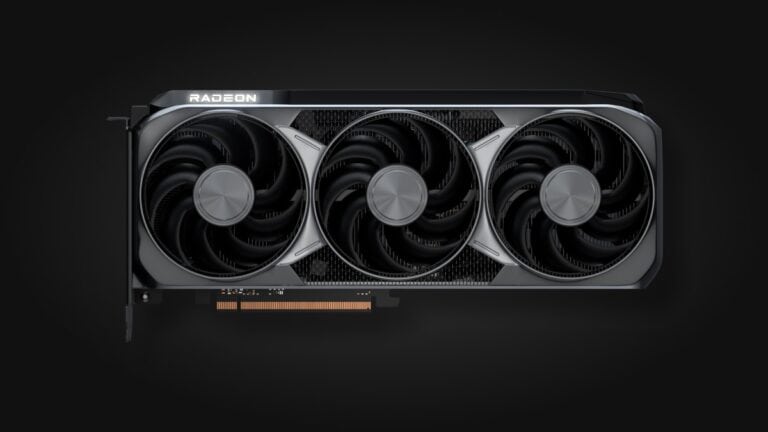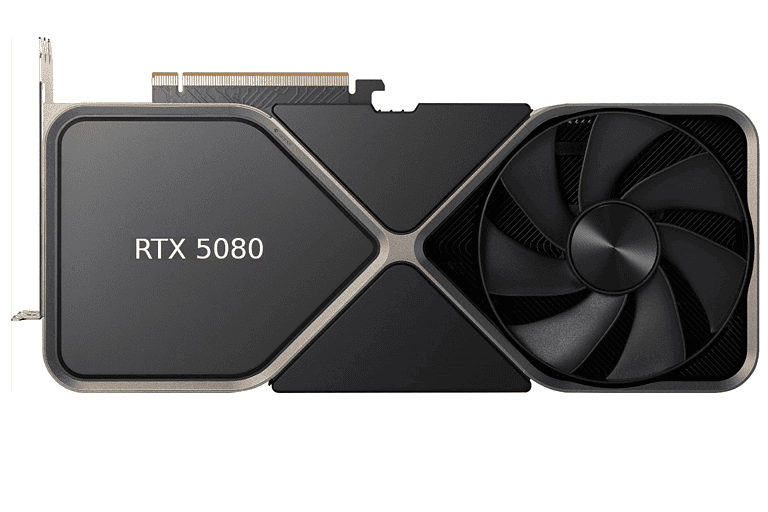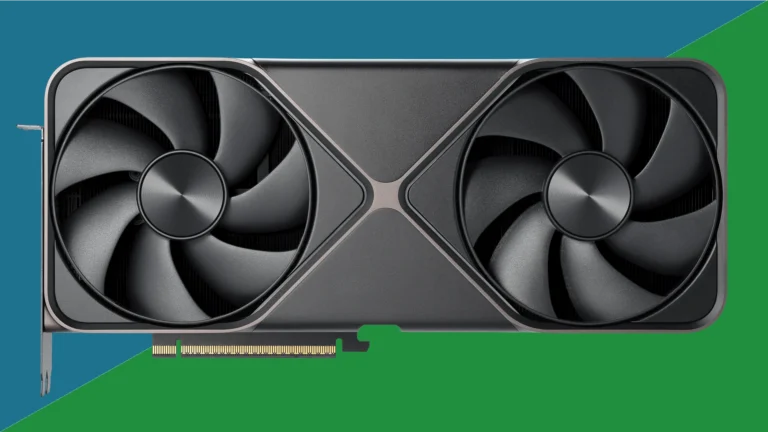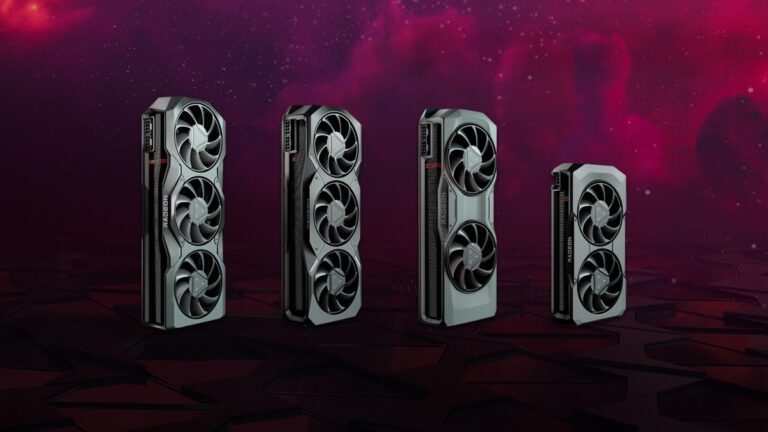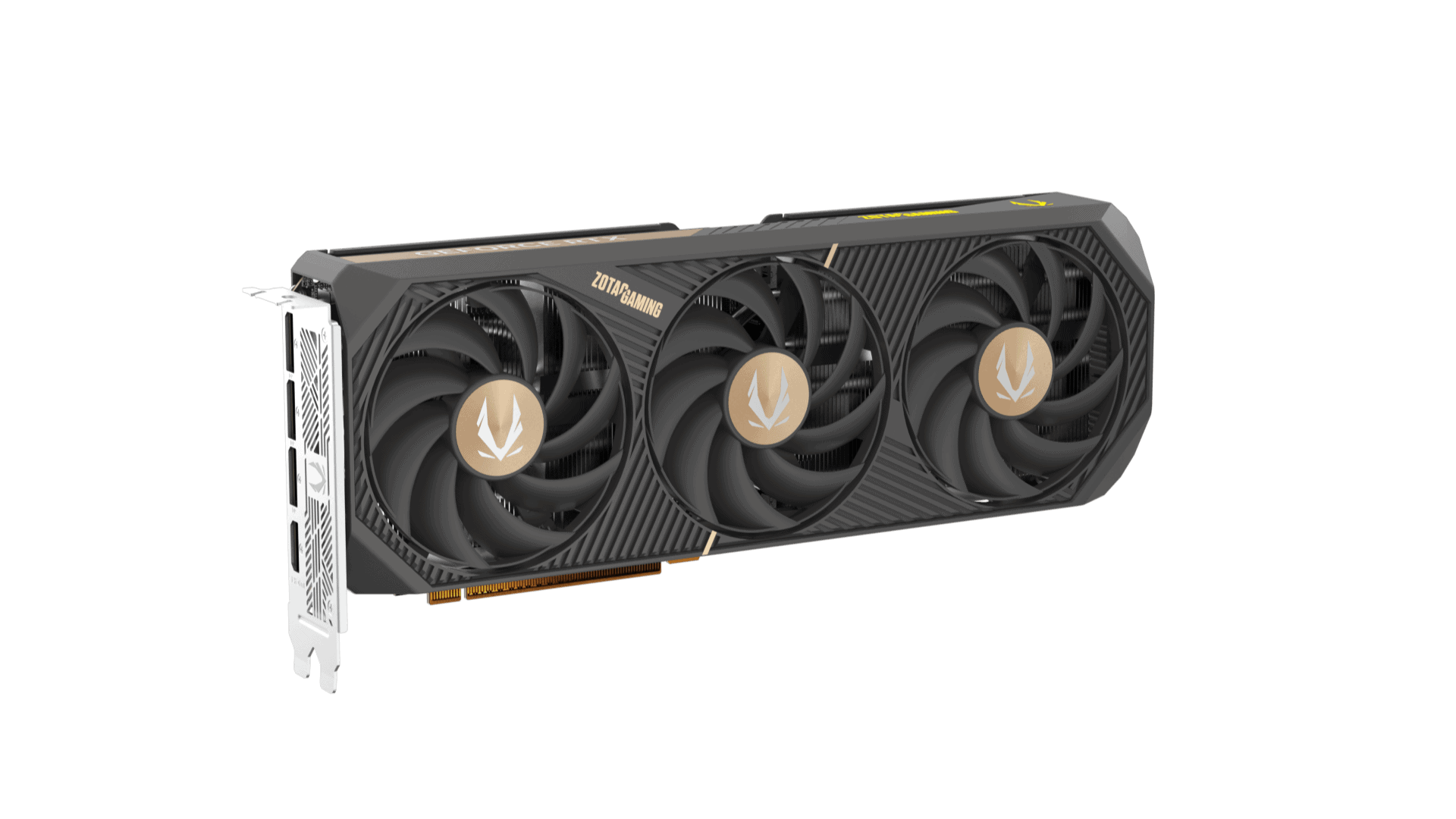
Nvidia has recently grabbed attention in the gaming community by announcing its new RTX 5070 graphics card. It claims this card can perform close to the well-respected RTX 4090, but at a much lower price of $549. The launch of the Nvidia RTX 5070 changes the graphics card market by providing a cheaper option that promises performance similar to the RTX 4090.
With improvements in AI and DLSS technology, this new GPU could make high-end gaming more accessible. However, it has lower raw specs and memory capacity compared to the RTX 4090, raising concerns about how well it will perform in demanding situations.
Gamers should stay cautiously optimistic and wait for complete benchmarks and user reviews before deciding to upgrade. As the gaming world keeps changing, the upcoming months will be crucial to see if the RTX 5070 can truly compete with the classic RTX 4090 or if it is just a more affordable option.
Nvidia RTX 5070 vs. 4090: Separating Fact from Fiction
Nvidia has made bold claims about the RTX 5070’s performance, suggesting it could rival the mighty RTX 4090. But can it really hold a candle to the current king of GPUs? Let’s break down the facts and see what’s what.
The Tech Behind the Claims
Nvidia’s claim hinges on two key advancements:
- DLSS 4: This AI-powered technology renders frames at a lower resolution and then uses machine learning to upscale them to your desired resolution. This clever trick allows the 5070 to push out high frame rates without needing as much raw horsepower.
- GDDR7 Memory: The 5070 is equipped with the latest GDDR7 memory, which offers a significant speed boost over the GDDR6X memory in the 4090. This helps compensate for the 5070’s smaller memory bus and capacity.
Looking Beyond the Hype
While these advancements are impressive, it’s important to remember that the 5070 still has less powerful hardware than the 4090.
| Feature | RTX 5070 | RTX 4090 |
|---|---|---|
| CUDA Cores | Fewer | More |
| Memory Bus | Smaller | Larger |
| VRAM | 12GB | 24GB |
This means that in raw performance, the 4090 still holds a significant advantage. DLSS 4 can work wonders, but it’s not magic. The 5070’s performance will likely depend heavily on how well games are optimized for DLSS 4.
The VRAM Factor
The 5070’s 12GB of VRAM, while respectable, could be a limiting factor in the future. As games become more demanding, especially at higher resolutions and with ray tracing enabled, that 12GB might start to feel a bit cramped. The 4090’s 24GB of VRAM gives it much more headroom for future games.
The Price-to-Performance Puzzle
Of course, we can’t forget about price. The RTX 5070 is expected to be significantly cheaper than the 4090. If it can truly deliver near-4090 performance at a lower price, it could be a fantastic value proposition for gamers.
The Bottom Line
The RTX 5070 is shaping up to be a powerful graphics card, but it’s unlikely to truly match the RTX 4090 in every scenario. Gamers who demand the absolute best performance, regardless of cost, will still want to opt for the 4090. However, the 5070 could be a compelling option for those seeking a more affordable card that still delivers a great gaming experience.
Short Summary:
- RTX 5070 is priced at $549 and claims to match RTX 4090’s performance.
- The new card utilizes DLSS 4 technology for enhanced frame generation.
- Independent benchmarks are essential to validate Nvidia’s performance claims.
Nvidia’s CES 2025 keynote has caught the attention of gamers and tech enthusiasts alike with its revelation of the RTX 5070 graphics card. How does it square up against the RTX 4090, which debuted at a staggering $1,599? The RTX 5070, boasting advancements such as the new Blackwell architecture and 12GB of GDDR7 memory, presents itself as an economical alternative for those looking to enjoy high-resolution gaming without the hefty price tag of its predecessor. In this article, we will conduct an in-depth analysis comparing these two graphics powerhouses, exploring their specifications, performance metrics, and the impact of AI technology in closing the performance gap.
Nvidia RTX 5070 vs RTX 4090: A Comparison of Specifications
In evaluating the specifications of both the RTX 5070 and RTX 4090, it’s crucial to understand not only the numbers but also the underlying technologies that each card brings to the table. Below is a side-by-side look:
| Specification | Nvidia GeForce RTX 5070 | Nvidia GeForce RTX 4090 |
|---|---|---|
| Architecture | Blackwell (GB205) | Ada Lovelace |
| Fabrication Process | TSMC N4P (4nm) | TSMC 4N (5nm) |
| Transistors | Unknown | 76.3 Billion |
| Streaming Multiprocessors (SM) | 48 | 128 |
| CUDA Cores | 6,144 | 16,384 |
| Shader Performance (TFLOPS) | 31 | 83 |
| Tensor Cores | 5th Generation, 192 cores | 4th Generation, 512 cores |
| Ray Tracing Cores | 48 | 128 |
| Clock Speed (Base/Boost) | 2.16GHz / 2.51GHz | 2.23GHz / 2.52GHz |
| Memory | 12GB GDDR7 | 24GB GDDR6X |
| Memory Bus | 192-bit | 384-bit |
| Memory Bandwidth | 672 GBps | 1,008 GBps |
| TDP | 250W | 450W |
| Price | $549 | $1,599 |
| Release Date | January 2025 | October 2022 |
The Architectural Differences
The architectural underpinnings of both cards are foundational to their respective performances. The:
RTX 5070 utilizes the new Blackwell architecture, designed for the latest generation of gaming and creative applications, while the RTX 4090 is based on the earlier Ada Lovelace architecture, which while powerful, is beginning to feel outdated.
Manufactured on a 4nm process, the RTX 5070 benefits from improved power efficiency and advances in transistor placement. Jensen Huang, Nvidia’s CEO, emphasized the significance of AI during the unveiling, stating:
“It’s impossible to unlock the full potential of these GPUs without AI.”
However, when diving deeper into the specifications, the RTX 5070 may struggle in direct comparisons of raw computational power, evidenced by its fewer CUDA cores and streaming multiprocessors.
Performance Analysis
Moving on to performance metrics, the RTX 5070’s output of 31 TFLOPS pales in comparison to the RTX 4090’s formidable 83 TFLOPS. Although, Nvidia posits that with the advent of DLSS 4, the performance metrics might not tell the whole story.
The DLSS 4 feature—Deep Learning Super Sampling—has created a marked push in performance through AI-based frame generation. Notably, DLSS 4 can generate up to three additional frames using AI algorithms, vastly enhancing gameplay fluidity. This could allow RTX 5070 buyers to experience effects akin to the RTX 4090 in supported titles.
The Role of Memory: A Key Factor
Memory capacity and bandwidth are pivotal components when discussing graphics cards, directly influencing performance in demanding applications and games. The RTX 5070 offers 12GB of GDDR7 RAM, while the RTX 4090 boasts a hefty 24GB of GDDR6X VRAM. The disparity in memory allocation could hinder the RTX 5070 when running high-resolution textures or intensive gaming experiences, potentially leading to performance bottlenecks.
This concern has been echoed by experts who warn that as gaming assets become more complex in the future, the limited VRAM might start to show its limitations. Memory bandwidth stands at 672 GBps for the RTX 5070 and a blistering 1,008 GBps for the RTX 4090, which solidifies the latter’s dominance in tasks demanding fast memory throughput.
Power Consumption and Efficiency
When it comes to power usage, the RTX 5070 is certainly more efficient with a Thermal Design Power (TDP) of 250W compared to the RTX 4090’s 450W. This not only translates into lower electricity bills but also puts less strain on the cooling systems within gaming rigs. The balance in performance versus power usage could be a significant factor for many gamers when making a purchasing decision.
Market Positioning and Pricing
With a competitive pricing of $549 for the RTX 5070, Nvidia positions it as an attractive option for budget-conscious gamers who wish to enjoy high-end performance without incurring crippling expenses. In contrast, the RTX 4090’s $1,599 price point continues to restrict access for many gamers.
This strategy likely aims not just to dominate the top tier of the market but to expand Nvidia’s reach into the mid-tier sector as well, challenging both AMD and Nvidia’s current line-up of products.
The Future: What Lies Ahead?
With the gaming industry undergoing a transformative phase aided by advances in AI, the role of graphics cards is evolving too. Nvidia’s keen focus on integrating AI features such as DLSS 4 with the RTX 5070 may redefine how high-performance gaming is approached. However, without widespread developer support for these new technologies, it remains to be seen how effectively they can be utilized.
The community’s response has been a mix of intrigue and skepticism; many eagerly await independent bench tests that will offer insight into how the RTX 5070 performs in real-world scenarios. As Nvidia continues to push the envelope, the importance of community feedback and analysis will be paramount in shaping the product’s future.

